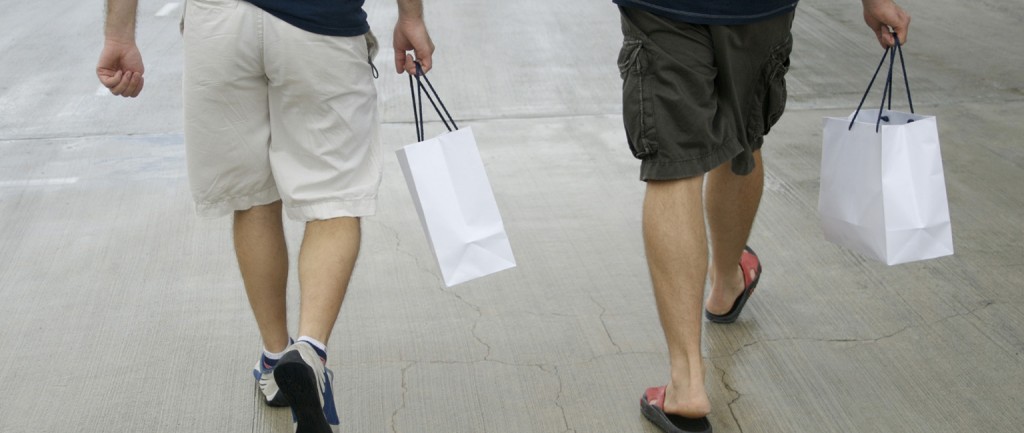How does the pink dollar affect inner-city retail property values?

It is one of the most lucrative markets, credited with a profound influence on retail trends and commercial property values.
Yet the gay market is rarely discussed without stereotypes ranging from the politically correct to the sniggering.
To track down the influence of the gay scene on commercial property values, realcommercial.com.au started with National Centre for Social and Economic Modelling figures drawn from the census.
While governments don’t collect information on sexual orientation, the census records same sex couple households, giving us a partial view of the LGBTI community.
And what an interesting picture it paints.
The data on same sex couples reveals a younger demographic with standout earning power, particularly male couple households who are over-represented in every upper income bracket.

Female-couple households are spread more or less evenly, reaching their highest numbers in St Peters, Erskineville and the Victorian spa town of Daylesford.
Male-couple households are far more concentrated in pockets like the ACT and Collingwood and Prahran in Melbourne.
But ground zero for the male gay market is a string of inner Sydney suburbs where at least 10% of households are male couples, including Darlinghurst, Potts Point, Surry Hills, Elizabeth Bay and Redfern.
Ben Mulcahy of specialist agency Pink Media Group calls this area ‘the triangle’, with its epicentre at Taylor Square and spreading out around 2km east, south and west.
Given the young, high-income profile of this community, I asked him whether the rise of online retailing was having an effect on local commercial property values.
“Absolutely,” he said. “If you walk down Oxford St these days, the thing that strikes you is the number of shops up for lease.”
Malcolm Gunning, Principal of Surry Hills’ commercial agency Gunnings, has also noticed the decline on Oxford St, and told me that while online retail is part of the story, there were a host of factors at play.
“The gay dollar has always been a discerning spend, with hospitality and food hallmarks of the shopping experience.
“These areas also have a high population of professional women under the age of 35 and, for both groups, a day out shopping has food, coffee and start-up fashion stores as part of the experience, but in Oxford St rents in my reckoning have outstripped what is reasonable.
“We also have to factor in changes by Sydney Mayor Clover Moore, who is attempting to create the Melbourne laneways experience and that has encouraged shops and cafes to move into the laneways and off the main drag.
“That makes for a vibrant little scene where the pedestrian is king, unlike nearby strips like Flinders St, Paddington, which are a little grubby and choked with traffic.”
If the gay market proves to be a reliable early trend signaller, once again that makes for an interesting dilemma for owners of inner-city commercial properties.
Retail properties on high-yielding strips like Oxford St, Queen St in Brisbane or Chapel St in Melbourne have traditionally been leased to global and national fashion brands.
With increasing numbers of the younger, well-paid demographic buying these brands online, retail owners have a real challenge on their hands.
The shopping experience in the inner suburbs is clearly undergoing a major transformation.
In areas like Crown St, Surry Hills, or Smith St, Collingwood, bookstores and food provedores are open late, while Saturday morning is all about the fashion start-ups, alternative street wear and eclectic cafes and restaurants.
In the inner suburbs, these businesses are finding their homes in the lower-rent, back street locations not the high traffic, high visibility leaseholds popular for the last 30 years.







